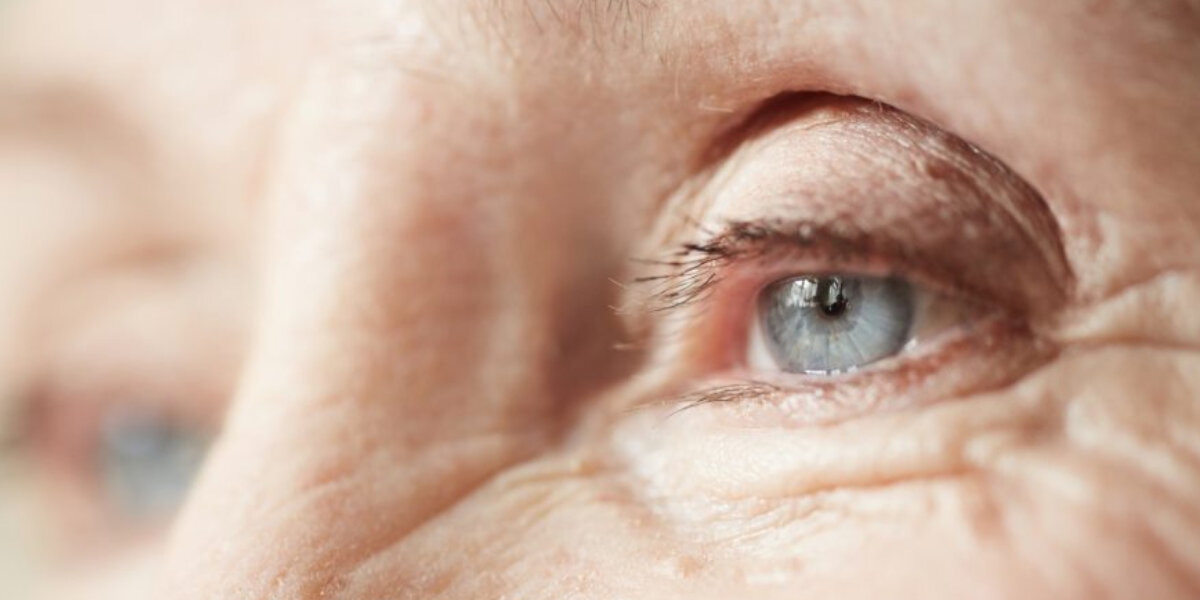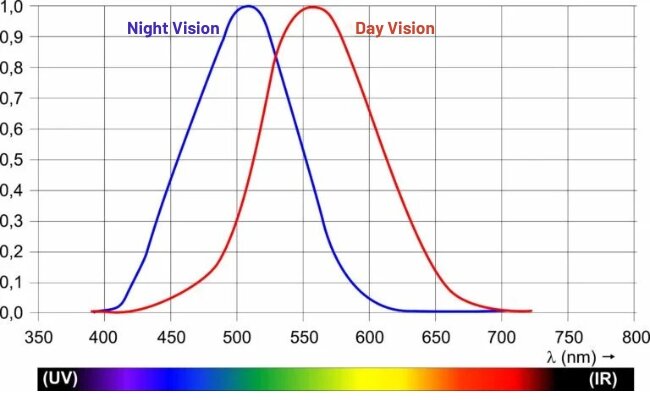Glaringly bright days and dark nights: human eyes can adjust to enormous differences in brightness, although the retinal cells responsible for night vision are unable to distinguish colours. In fact, photopic vision (day vision) and scotopic vision (night vision) function differently, with mesopic vision in twilight representing an intermediate state.
Cones and Rods
Daylight is registered by the so-called cones in the retina, whereby there are three different variants for the primary colours blue, red and green. Night vision, on the other hand, is handled by the much more light-sensitive rods, which can only distinguish between shades of brightness and grey tones; less pronounced contrasts are barely perceptible. Visual acuity decreases considerably with night vision, so that details are much less clearly recognisable even with comparatively good illumination, e.g. on a full moon night with a clear starry sky in the desert or at sea.
From Day Vision to Night Vision
The eye needs about 25 minutes to switch between day vision and night vision (dark adaptation). It has to adapt to extremely different luminance levels. When it gets darker, the pupil dilates by up to 16 times its diameter at maximum brightness so that more light rays reach the retina. At dusk, both cones and rods are involved in vision. Interesting fact: It took the International Commission on Illumination 70 years to draw up clear recommendations for the design of street lighting at dawn and dusk - due to the fact the interaction of all retinal receptors is so complex.





